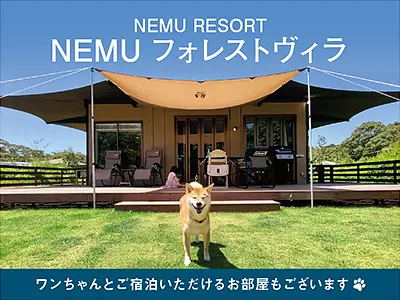Makomo 0
The name of the town “Komono” is
It is said that this name originates from the fact that it used to be a field of Makomo (Makomo) long ago.
Makomo is distributed in Japan, East Asia, and Southeast Asia.
A large perennial plant with a height of 1.5m to 2.0m.
Same as reeds and cattails that grow in swamps and rivers.
It is a water-extracting plant of the Poaceae family.
If the smut fungus is parasitic on the stem of the makomo, the makomo will not produce fruit, and the roots of the makomo will grow.
The stem softens and becomes edible.
Makomo Kagomori is used as Makomotake in restaurants and Chinese restaurants.
It is used as a food ingredient.
Makomo leaves are said to have the effect of purifying water and air, and Hirohata Shrine Makomo
It is also useful as a bath additive.
In addition, Como barrels, Como kaburi, Como rugs, Shimenawa, etc.
It was originally made from makomo.
In KomonoTown, we want to make you familiar with the variety of Makomo, which is derived from the name of the place.
Made from powdered young leaves of Makomo,
drink it as tea
Food products such as sweets are being developed.
Every year, makomo seedlings are planted in rice fields from late April to mid-May.
Leaves are cut for powdering from late July to early August.
Makomotake mushrooms are harvested from late September to early November.
Everything is done by hand by the producers.
You can view and edit the sightseeing route (My Plan on My Page) that will take you around the selected spots.
現在選択中のスポット数:...件
Detailed information
*Prices are subject to change, so please check with your contact information before going out.
Nearby spots
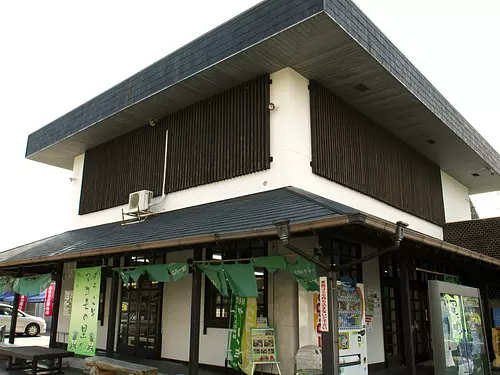
直線距離:808m
Michi-no-eki Komono
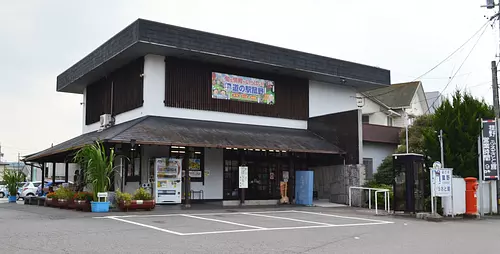
直線距離:812m
KomonoTown Tourism Association
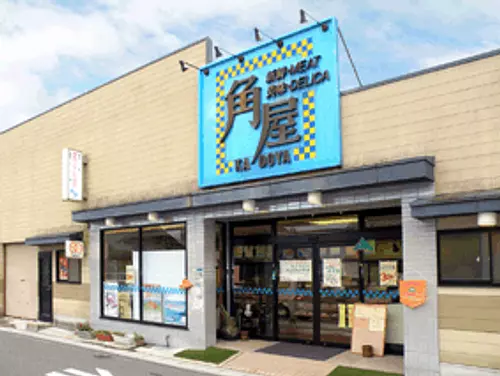
直線距離:1.1km
Kadoya
直線距離:1.2km
Red spider lily in uruda KomonoTown
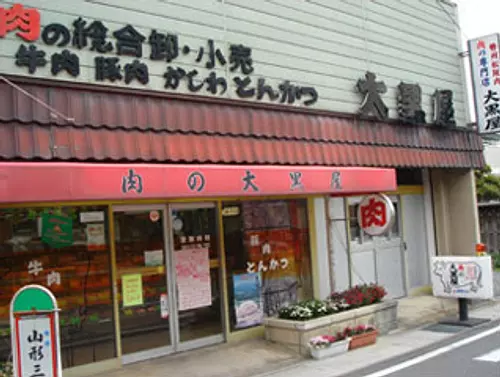
直線距離:1.2km
Meat Daikokuya
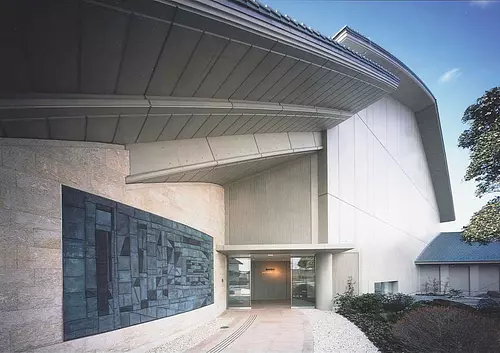
直線距離:1.5km
paramitamuseum
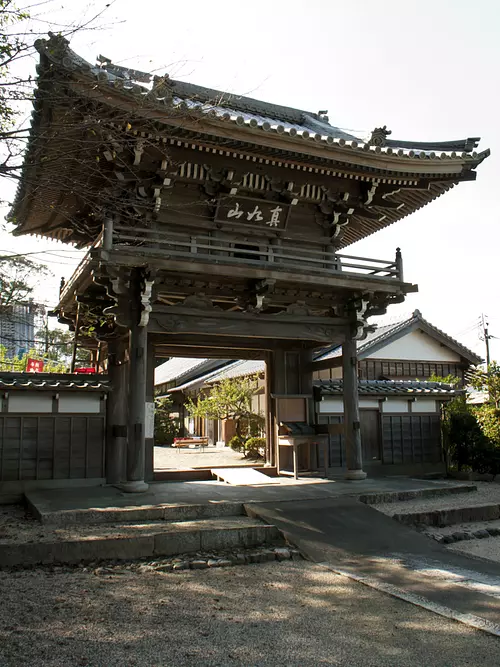
直線距離:1.6km
Kenshoji Temple
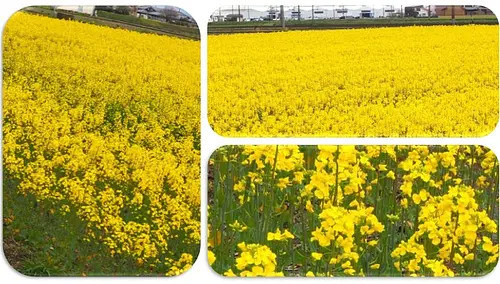
直線距離:1.7km
rape blossom field

直線距離:1.9km
KomonoTown B&G Marine Center

直線距離:1.9km
Komono Gakubu Jack Nicklaus Golf Course

直線距離:2.1km
Shogenji Temple
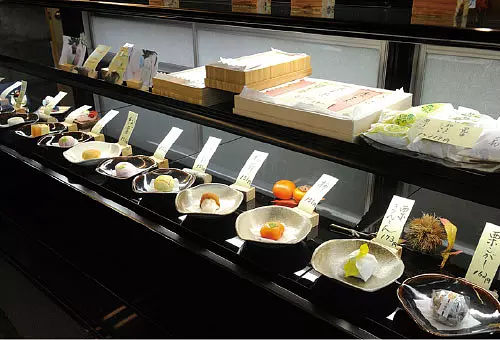
直線距離:2.3km
Iwashimaya
nearby events
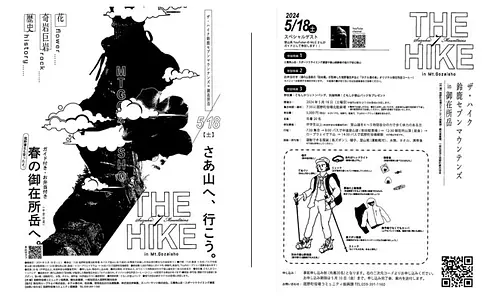
Event date: Saturday, May 18, 2024 - May 18, 2024 (...
直線距離:15m
The Hike Suzuka Mountains in Mt.Gozaisho
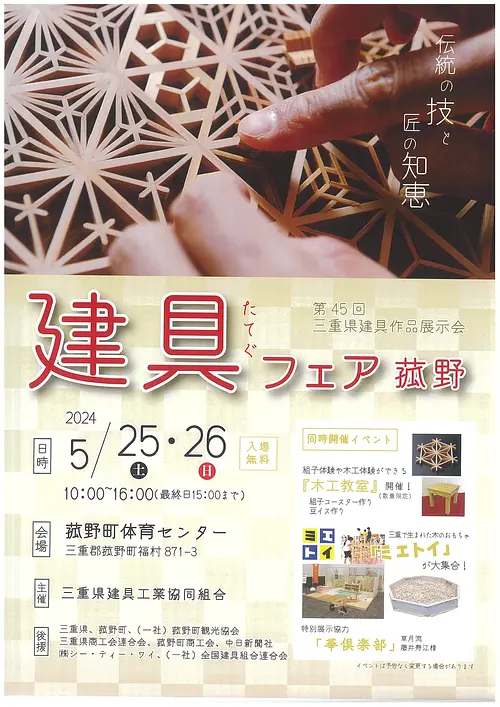
Event date: Saturday, May 25, 2024 - May 26, 2024 (...
直線距離:799m
Joinery Fair Komono
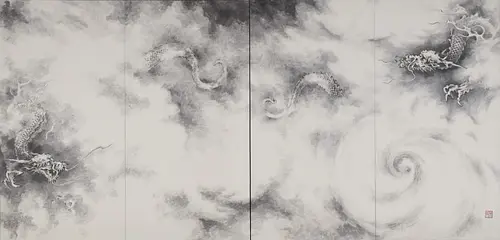
Date: Friday, April 5, 2024 - Friday, June 2, 2024...
直線距離:1.8km
Morihiro Hosokawa: The World of Beauty Exhibition
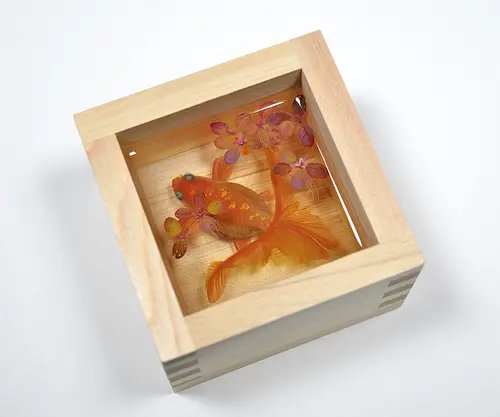
Date: June 7, 2024 (Fri) - July 29, 2024 (Fri)
直線距離:1.8km
Goldfish Beauty 2024 -KINGYO BISHOW-
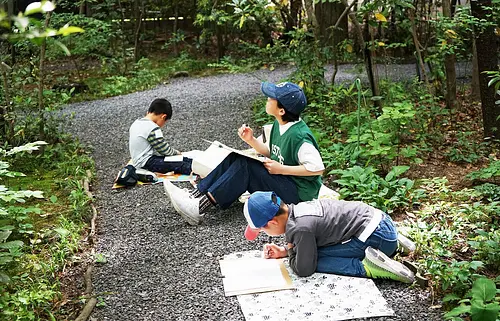
Date: May 5, 2024 (Sun) - May 5, 2024 (...
直線距離:1.8km
Children's Day Special Event: The 20th paramitamuseum Children's Sketching Competition
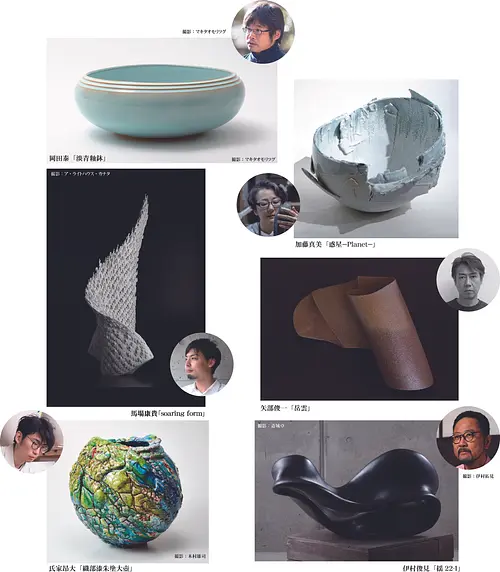
Date: June 7, 2024 (Fri) - July 29, 2024 (Fri)
直線距離:1.8km
The 18th Paramita Ceramic Art Grand Prize Exhibition

Date: Sunday, June 16, 2024
直線距離:2.5km
[Sala Bianchi Al Kecciano] Now accepting reservations for dinner with wine on 6/16 (Sun)
.jpg)
Event date: Saturday, July 20, 2024 - July 21, 2024 (...
直線距離:3.3km
Gohyakurakan sketch competition
.jpg)
Event date: Saturday, July 20, 2024 - July 21, 2024 (...
直線距離:3.3km
Takenari History Research Classroom
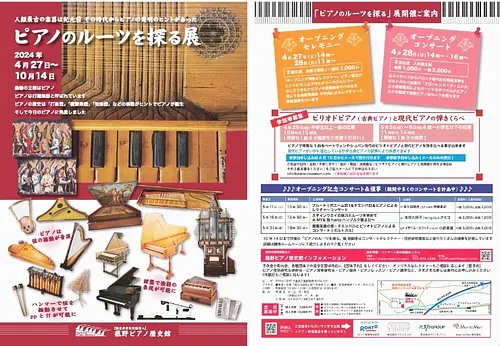
Date: Saturday, April 27, 2024 - Saturday, October 14, 2024...
直線距離:3.6km
Exploring the Roots of the Piano
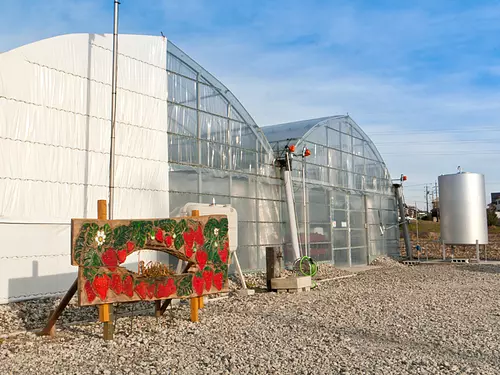
Date: January 3, 2024 (Tuesday)
直線距離:5.1km
haru strawberry farm strawberry picking
Date: April 14, 2024 (Sun) - June 27, 2024 (Sun)
直線距離:5.5km
Green campaign event information
Plays and experiences nearby
直線距離:800m
comability
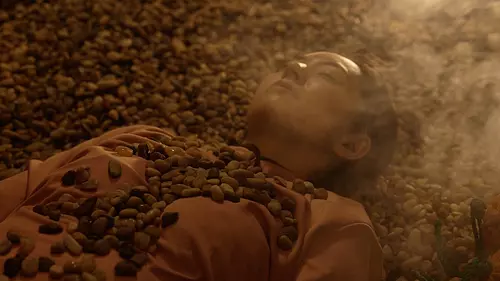
直線距離:2.3km
Experience the mineral mist bath “LeFuro” at Aquaignis Kataoka Onsen!
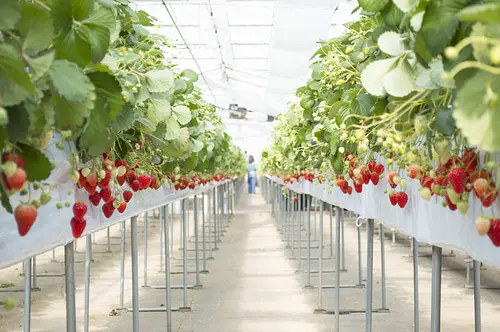
直線距離:2.4km
Aquaignis “TSUJIGUCHI FARM” now accepting reservations for strawberry picking!

直線距離:2.4km
Confiture Ash Online Shop

直線距離:2.4km
Il Cecciano Miele Online Shop

直線距離:2.5km
Aquaignis Hatake's [held every Saturday and Sunday] Harvesting experience (herb/vegetables)
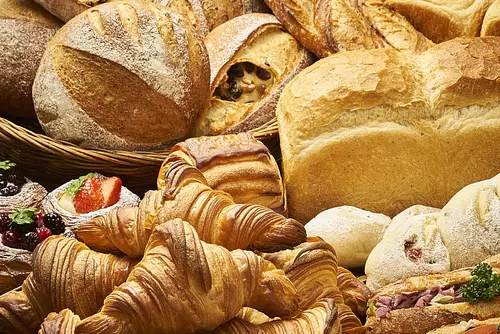
直線距離:2.7km
Mariage de Farine Online Shop
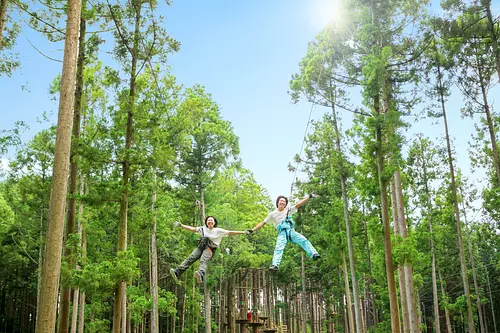
直線距離:3.3km
Forest Adventure Yunoyama “Adventure Course”

直線距離:3.3km
Forest Adventure Yunoyama “Zip Trip Course”
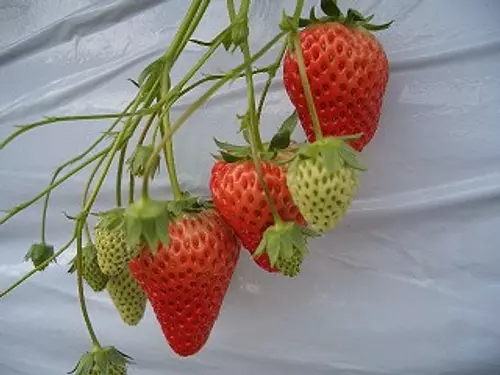
直線距離:3.3km
Strawberry House Komonoen
直線距離:4.5km
Sakura Berries Garden Blueberry Picking
直線距離:5.0km
Natural hot spring flowing Yuyu Kaikan

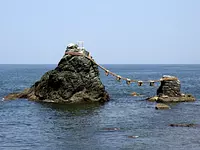


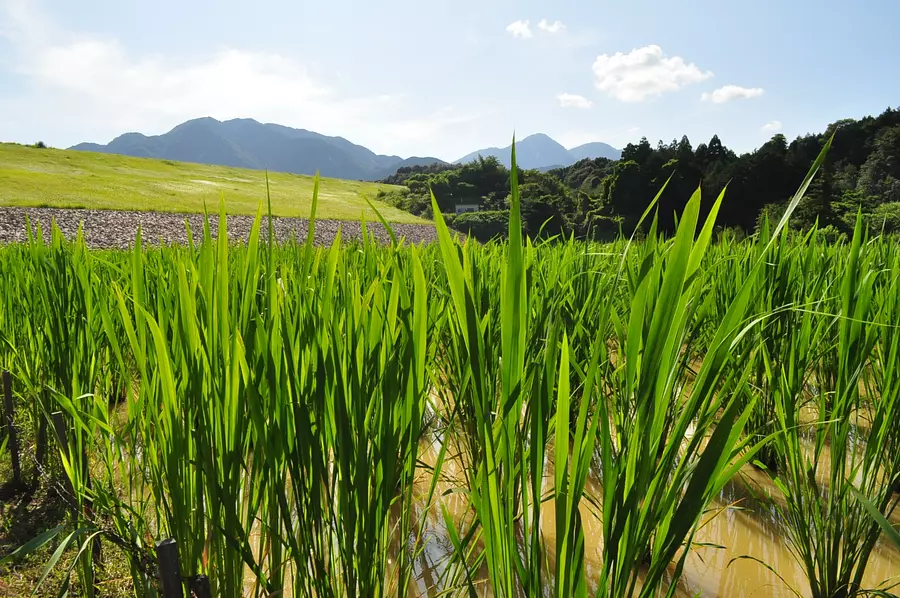
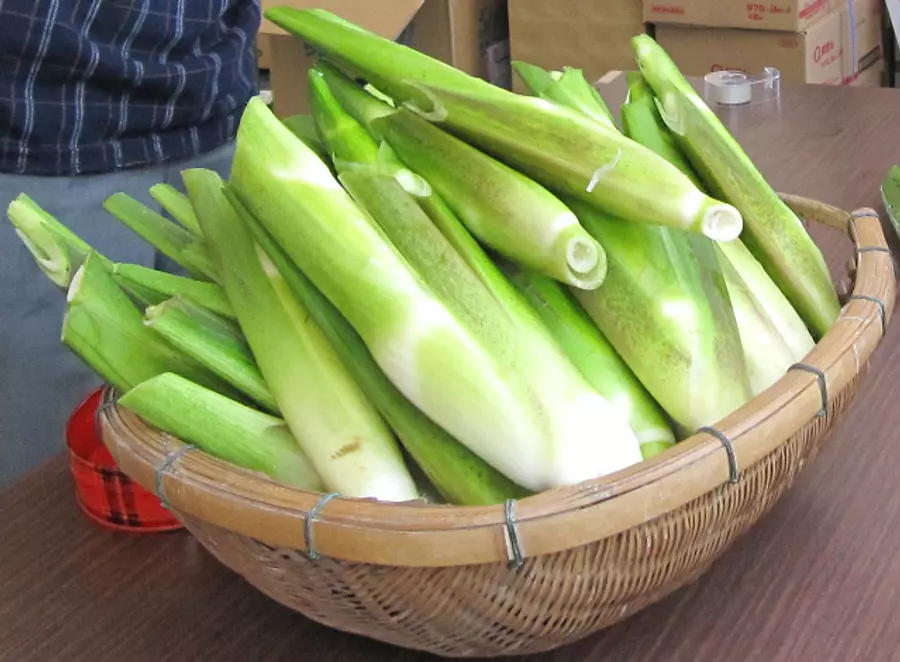
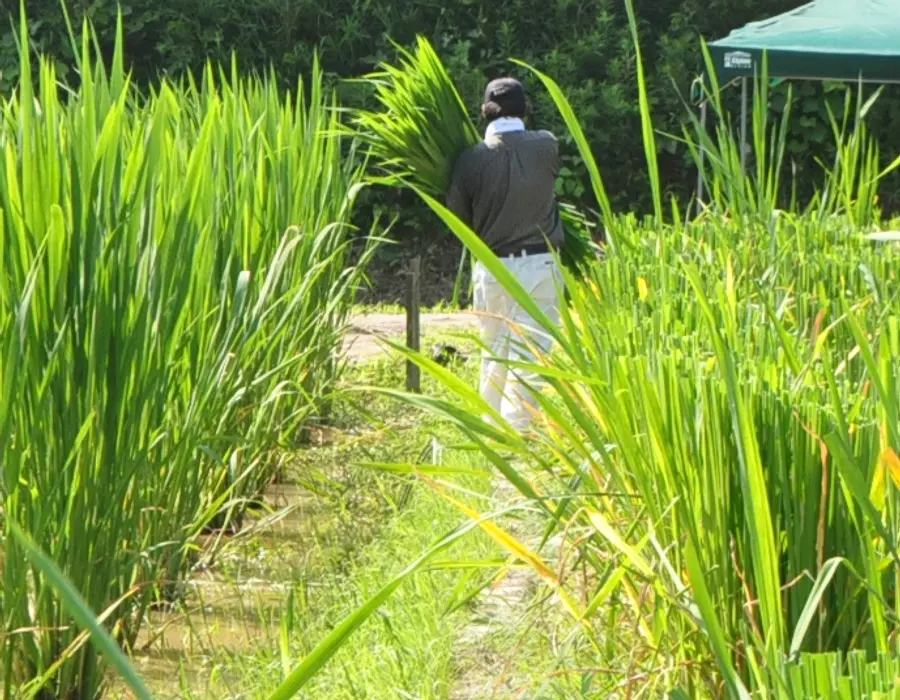
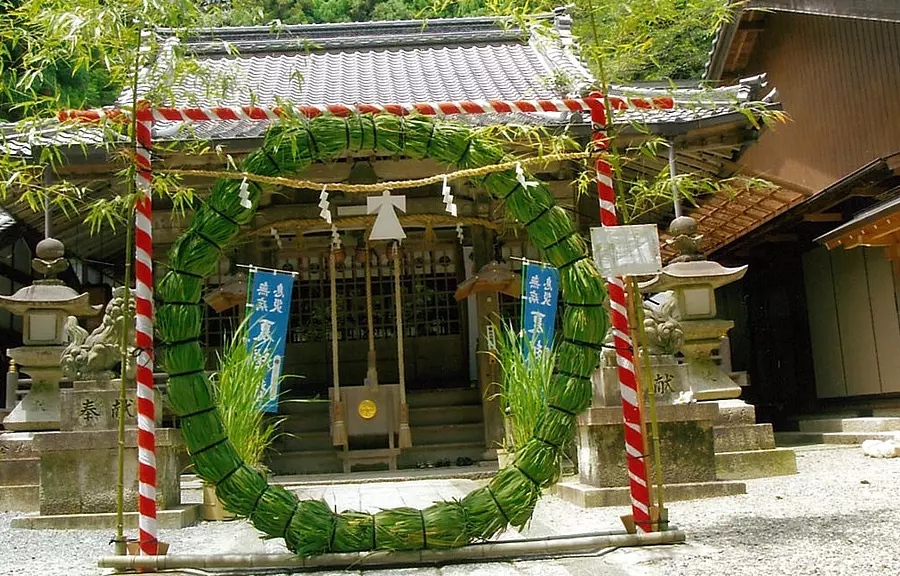
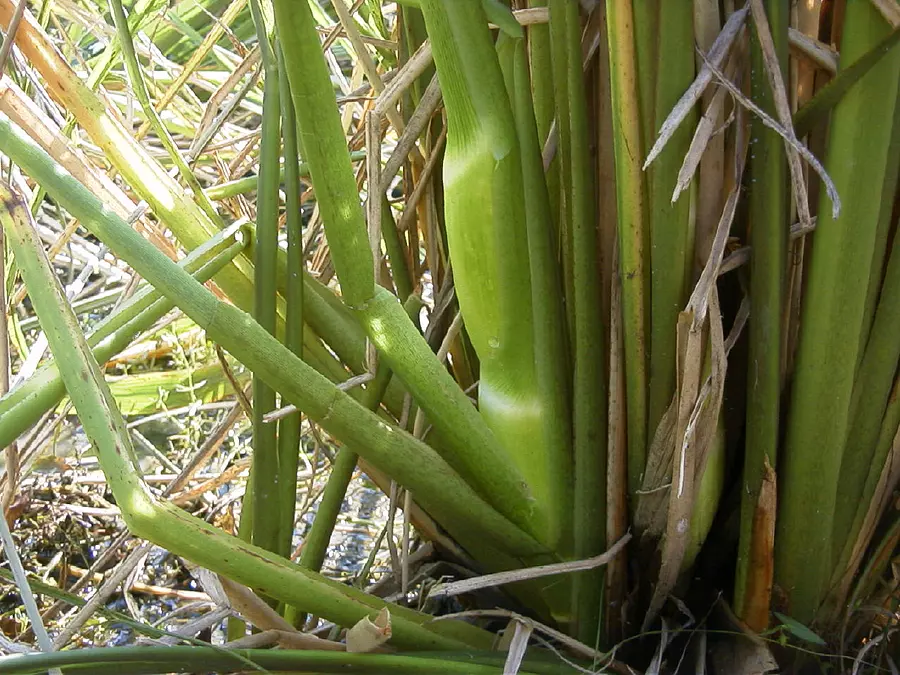
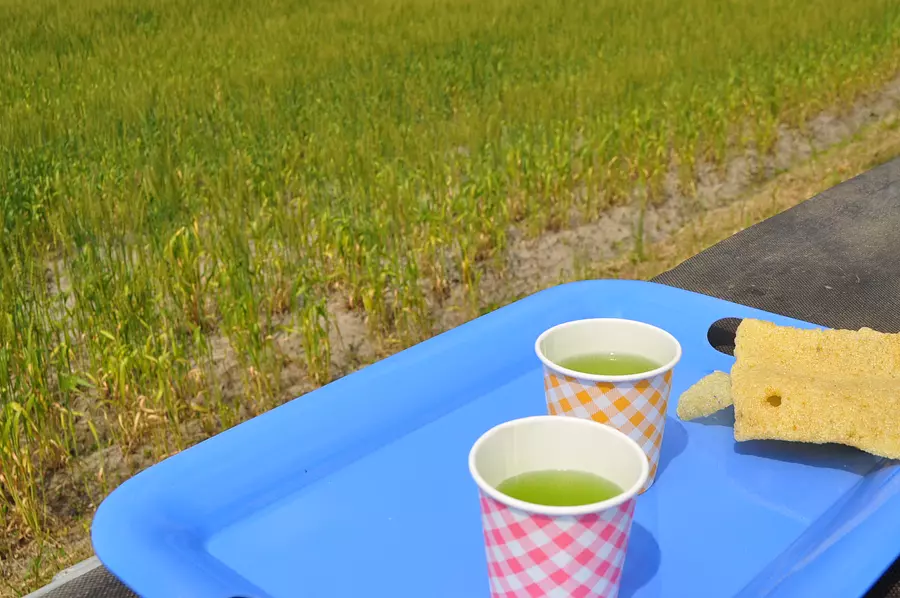






.jpg)
